The Scots are known for many things: good whisky, bagpipe bellows and nuclear-coloured Irn Bru, but being snowflakes is not one of them.
In fact, there is a lot of national pride in being a very hardy breed.
A hardiness that I believe strengthens the further north in the country you go.
Being able to survive in wet, windy and cold conditions is a source of accomplishment for many – do not be fooled by the whining.
And yet, it seems we have a weak spot – white, fluffy snow.
Scottish snow creates a standstill
As soon as a snowman’s worth of snow has fallen, our infrastructure tends to come to a standstill.
Schools are shut, public transport is cancelled and disrupted and A&E departments usually treat an influx of visitors from slips and accidents.
Perhaps that is why one health authority is taking inspiration from our waddling friends the penguins who live in the stuff all year round. NHS Greater Glasgow and Clyde posted on X that “adopting their stance” is an “effective” way to move around in icy conditions.
Meanwhile NHS Highland, has asked those needing weather-related care to help reduce pressure by calling NHS 24 and out-of-hours doctors for non-emergencies and suggests visiting NHS Inform or Ready Scotland for advice.
While climate change is not making things easier, there are definitely other countries that face worse conditions and continue to function.
If they did not, in countries like Norway where they face months of the white stuff, they would never get out.
So what are they doing differently?
The P&J spoke to two experts in Norway who make it their mission to tackle snow and ice each year.
Norway spends around £450.5 million a year on winter maintenance
Norway’s snow season is different every year, and planning and contractors are prepared from September to the end of May.
With that many months of snow, it would be understandable if people were tired of it.
But 20 years into making a career out of it, Professor Alex Klein-Paste at the Norwegian University of Science and Technology is still very passionate.
A professor in the department of civil and environmental engineering, Alex said he first fell in love with snow and ice research on Svalbard accidentally and decided to give it a go.
And he continues to try and improve winter maintenance knowledge by researching all things snow, salting and sanding and tyre friction-related.
When asked why it was important, Alex said: “If you don’t do the winter maintenance, basically the transportation system collapses and thereby your society comes to a halt.
“Any road authority needs to arrange some kind of winter maintenance services for their roads.
“And in Norway we spend approximately six billion Krona (roughly £450.5 million) on this every year.
“That’s where the research comes in. To try and find more optimal ways to do this and to do things optimally it is not static. That changes because society changes, the demand changes.”
Snow becomes a waste problem
He said around 99% of the roads in Norway – minus a few mountain passes – remain open throughout the winter.
The key is prioritising and trying to treat them as quickly as possible. Otherwise, Alex said, you could spend the whole country’s budget on moving snow.
For the most-used highways, teams aim to clear them of snow two hours after snowfall.
He added: “You really have to work before the snowfall, during the snowfall and then within two hours after the event is finished, the roads should be completely clear.”
For roads used by less than 1,500 cars per day, snow roads are created where snow and ice are accepted but friction and evenness are kept an eye on.
However, the problem becomes where to put it all.
“You need to put the snow somewhere particularly in urban areas,” he said.
“We have only land-based deposition sites and also there are quite strict environmental criteria now to manage to run off of this.
“Although snow is white and clean when it falls, if it has been laying in an urban area and been ploughed there’s a lot of trash in it…it starts actually to become a waste problem.”
Alex said the job has become more challenging in recent years due to the increasingly extreme weather conditions.
With people in Scotland facing similar issues, he advised: “It always helps to take it easy. Sometimes you just have to accept that Mother Nature is slightly stronger than we are.
“But with that in mind if you have winter tyres it can be a very good investment.”
‘I love snow’
For Svenn Finden in the Sognefjord area of Norway, he is surrounded by 45cm of snow with another 20cm in the next 24 hours.
Thankfully he cannot get enough of the white stuff.
“I love snow,” he said with a chuckle.
“I do a lot of skiing and also I go up in the mountains with skis when the conditions are really bad and the road is closed…just to check the conditions.”
Svenn is head of department of west operations and maintenance for the Norwegian Public Roads Administration (NPRA) in Western Norway.
Responsible for a staff of 150 workers, it is his job to help steer the region through the cold months.
In his catchment area are four of the snowiest mountain passes.
During especially bad weather, they have to set up convoys of no more than 25 vehicles following a snowplough through the conditions to pass through.
While it might sound terrifying he said it was a top “exotic” experience for anyone visiting.
“A lot of people are scared to drive in a convoy but if you’re not scared it’s quite an amazing experience,” said the man with ice in his veins.
‘Be patient and don’t overtake snow ploughs’
While most people are used to the conditions in the country, Svenn said when the first snow arrives it takes some by surprise.
He said: “There’s a lot of people who haven’t changed to winter tyres.
“So the first snow is always the most difficult snow. There are a lot of traffic problems and they have to rescue a lot of people and their cars because of their summer tyres…or driving experience in the winter.”
Speaking from nine years of experience in the job, he echoed Alex’s advice on taking it slow and making sure your vehicle is equipped.
He added: “Also, be patient with all the people who are dealing with the snow removal.
“If you drive behind a snow plough don’t overtake.
“Because as we say here in Norway, the science says that normally the roads are more clean behind the snow plough instead of ahead of the snow plough.
“So just take it easy, relax and stay behind the snow plough and allow them to do the work properly.”
‘Wintry conditions can catch us all out’
And the snowy snap means some people might head for Scotland’s hills to make the most of things – and one outdoor expert stressed the importance of being prepared.
Heather Morning, Chief Instructor at sportscotland’s National Outdoor Training Centre Glenmore Lodge, based near Aviemore in the Cairngorm National Park, has been in her role for almost two years, having previously been Mountain Safety Officer at Mountaineering Scotland.
The centre works to give people the skills and knowledge to enjoy independent winter days out, but she said: “Wintry conditions can catch us all out. Glenmore Lodge delivers training courses for folk looking to enjoy the hills and mountains in winter conditions and preparation for a winter day out is the same for us all.
“Before setting off you’ll be checking: have I packed the right kit, and researched the weather and avalanche conditions for the mountains that I am planning to visit? If something goes wrong, do I have the knowledge to sort things out or call for help? Does my phone have charge? Is my footwear appropriate for where I’m heading?
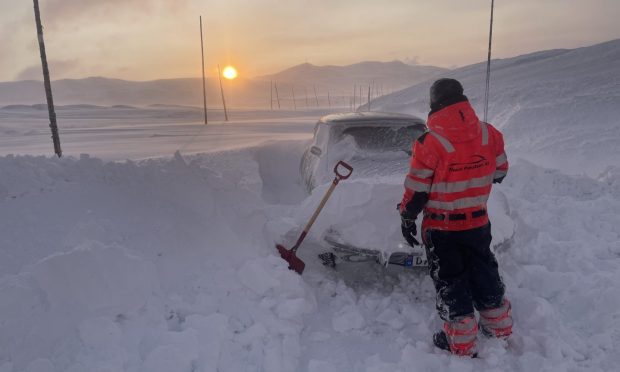
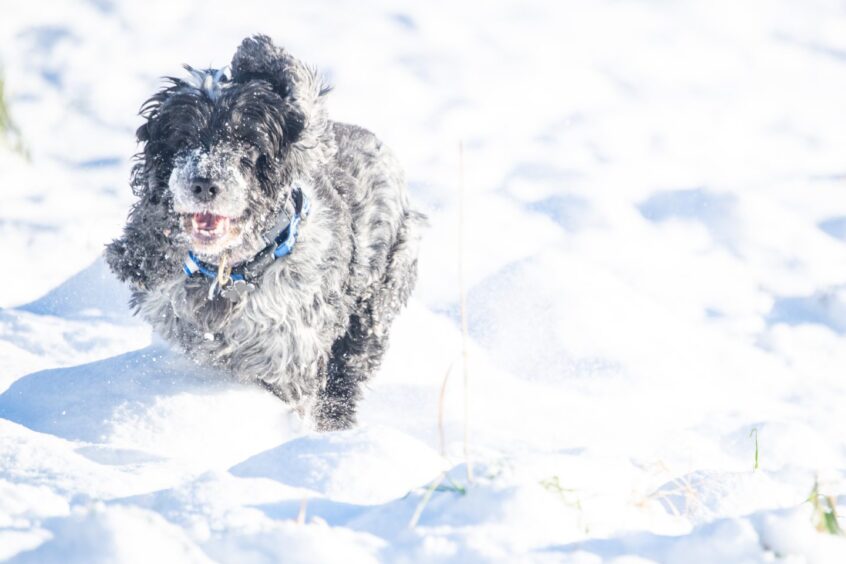
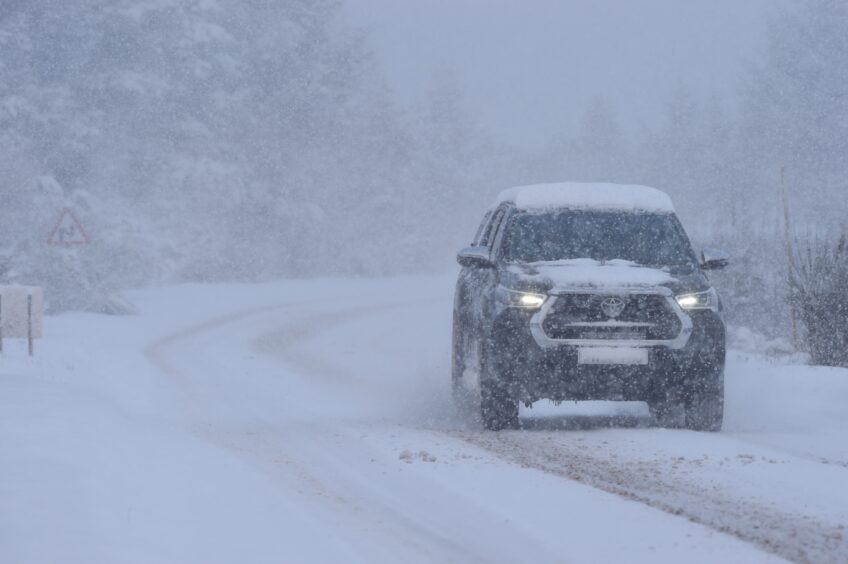

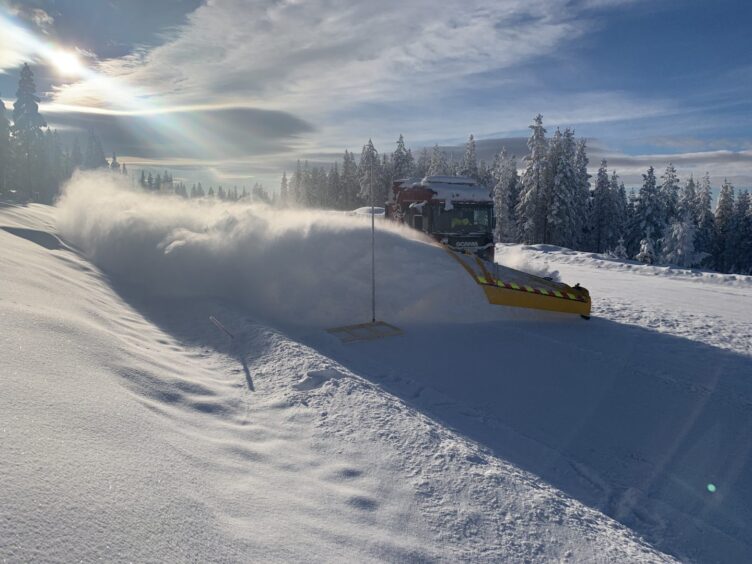
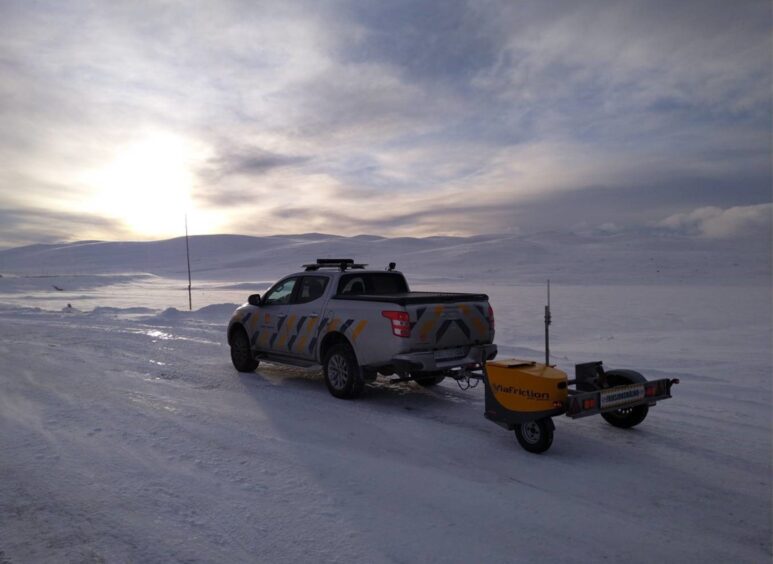
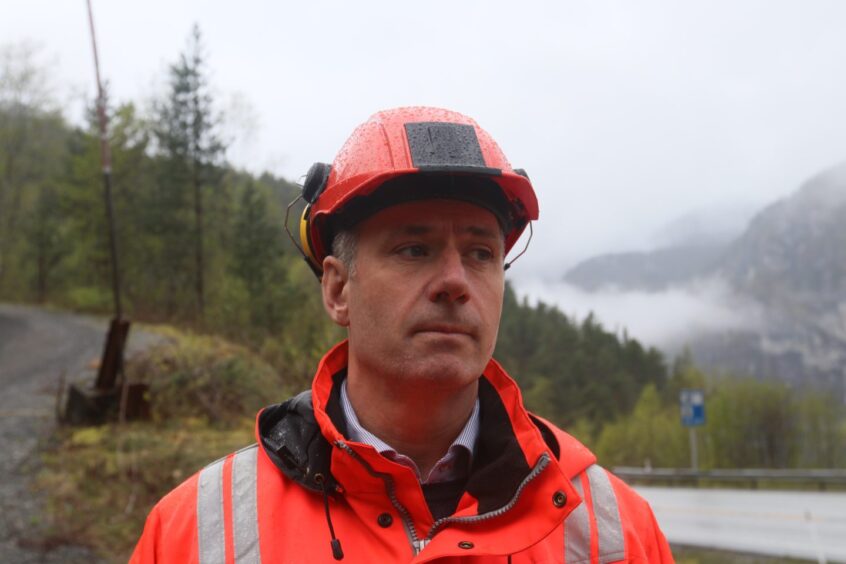
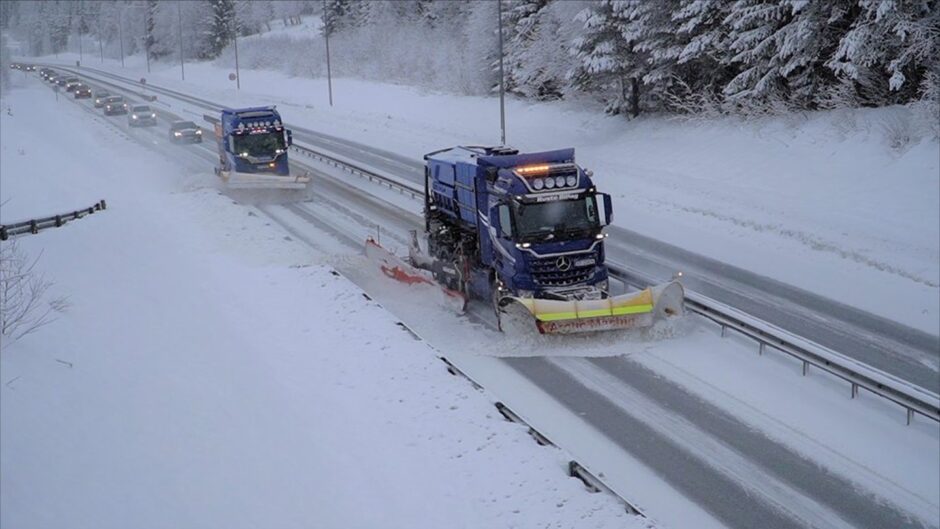
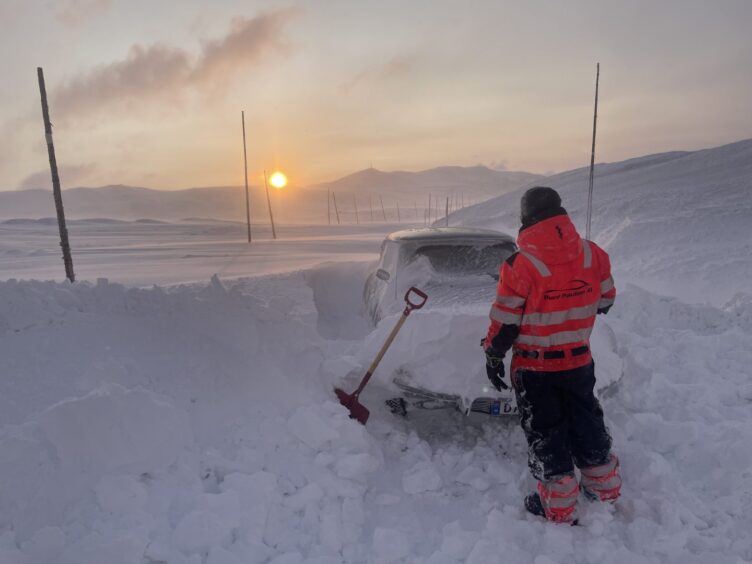

Conversation